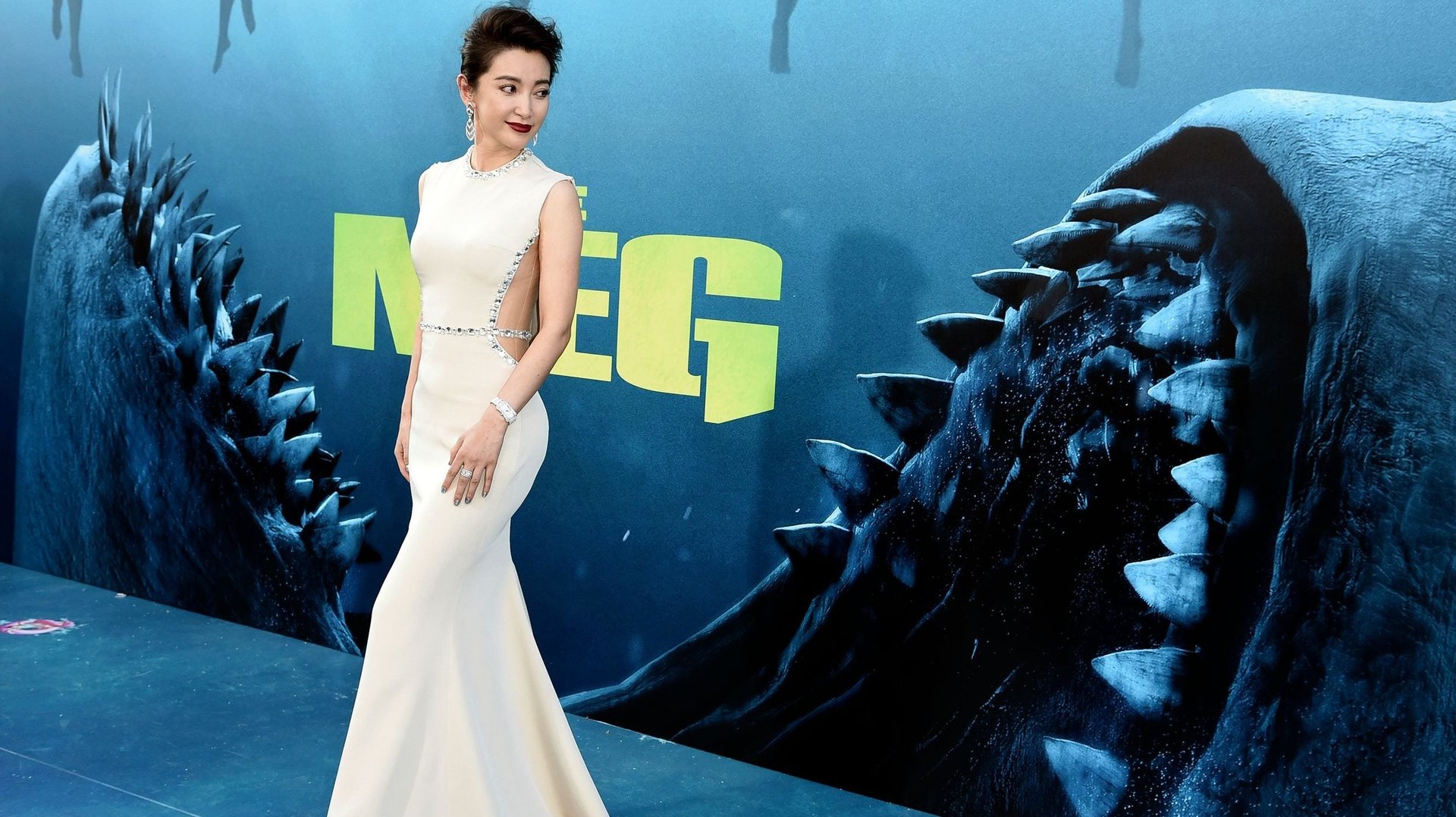Why shark movies slay at the box office
Hollywood is one of the least predictable industries in the world. Yet even during a decade of dwindling theater attendance, there are a few things movie studios count on: franchises like Star Wars, action heroes like Dwayne Johnson, and shark movies. That’s right, shark movies.


Hollywood is one of the least predictable industries in the world. Yet even during a decade of dwindling theater attendance, there are a few things movie studios count on: franchises like Star Wars, action heroes like Dwayne Johnson, and shark movies. That’s right, shark movies.
Ever since Jaws hit the big screen in June 1975, becoming the first summer blockbuster by opening in more than 400 theaters—a feat at the time—and bringing in a whopping $7 million its first weekend, shark movies have slayed at the box office. Jon Turteltaub’s The Meg, a spectacle starring Jason Statham and an enormous CGI shark, hopes to carry on the tradition this weekend. It hits theaters in the US, China, and other parts of the world on Friday. With an estimated $150 million budget, it’s the most expensive shark movie ever made—but it’s banking on turning a profit.
“People love shark movies,” Jeff Bock, box-office analyst at Exhibitor Relations, told Quartz. “No shark movie has never not made money.”
Shark movies have made for the perfect summer thrill since Jaws kickstarted the genre. They blend horror—another genre that tends to do well at the box office—with our morbid fascinations with sharks, giving us scares that will make us jump the next time seaweed brushes up against us at the beach. “We love to be scared,” said Bock, “and there’s nothing scarier than a real-life monster.”
Indeed, all nine shark thrillers analyzed by Quartz, released between 1975 and 2017, made their money back at the box office and most beat studio expectations. The movies were identified by Box Office Mojo, which published the box-office grosses, unadjusted for inflation, and estimated production budgets for most of the films. The budget estimates for the Jaws sequels came from IMDB.
All the movies were released during the summer—the height of beach season—and many were made cheaply with big returns. (Quartz excluded animated movies like Shark Tale and Finding Nemo from this analysis because, while they supported the thesis, shark thrillers and children’s films were like apples and oranges.)
Just two shark thrillers under-performed. There was Jaws IV, the so-bad-it-was-unintentionally-funny attempt to carry on the Jaws franchise in which the shark somehow explodes by impalement. And Shark Night 3D, which might have done better had the studio played up the shark more than the bikinis in the marketing for the movie.
Not all the shark thrillers were box office toppers. Some were made on the cheap, building suspense with glimpses of the shark that don’t require as much CGI, which made their returns all the more impressive. Open Water, considered the Blair Witch of shark movies, was produced on a shoestring budget and made $54 million. In 2016 and 2017, small and mid-budget shark movies like The Shallows and 47 Meters Down pulled in ahead of expectations with the help of stars Blake Lively and Mandy Moore.
The Meg is different. The US-Chinese co-production, from Warner Bros.’s Chinese studio Flagship Entertainment and China’s Gravity Pictures, is a big gamble with a jaw-dropping production budget of around $150 million. Deep Blue Sea, the second priciest shark thriller, which carried an R-rating, was made for about $60 million, or $90 million in today’s dollars. Jaws was made for roughly $32 million in inflation-adjusted terms.
But with a ton of CGI, not to mention the combined global appeal of British action star Jason Statham, Li Bingbing (one of the top actresses in China), and comic relief from The Office‘s Rainn Wilson, the studios are betting they can more than make their money back at the international box office. The box office for most shark movies has been split evenly between the US and Canada—the largest movie market—and the rest of the world. The Meg, however, is forecasted to bring around $20 million in the US and Canada this weekend, and the bulk of its box office offshore.
The movie has gotten mixed reviews. But, honestly, with a movie like this, people mostly care about the dumb fun of watching a ridiculously large shark terrorizing Statham and crew.
It’s possible the rest of the world has just as a big an appetite for shark movies as audiences in the US. Bock says international box-office statistics weren’t reliable until the 1990s, when major studios started paying more attention to overseas markets. A film like Jaws may have done better overseas than the data show.
If The Meg is a success, don’t be surprised if Universal Pictures suddenly presses play on another Jaws movie. The studio, after all, is already making millions in profits reviving another Steven Spielberg-spawned franchise, Jurassic Park.